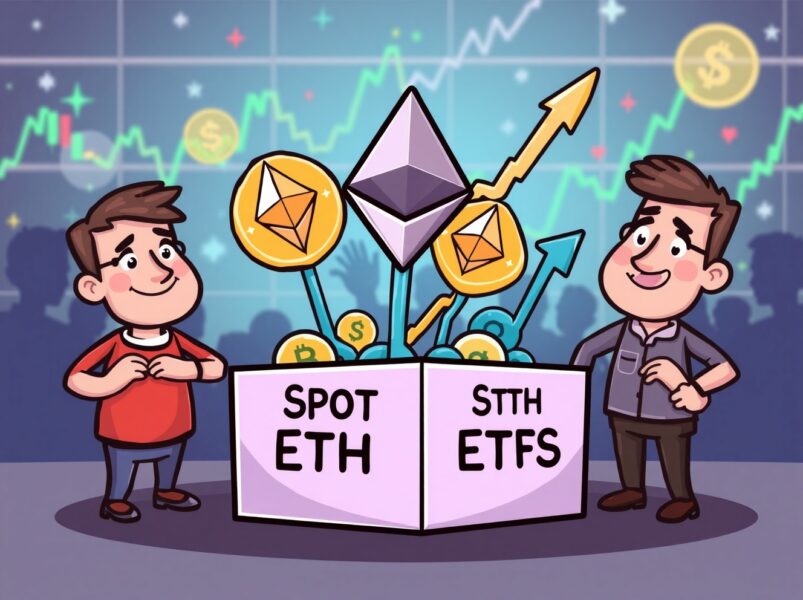The new reality after the halving narrative is disillusioned: Bitcoin slow bull, MEME Shura field, technology death valley, hot spot blitzkrieg
I just finished chatting with a few big guys in the industry, and everyone was discussing the same thing...
The "four-year cycle" theory is completely outdated! If you are still holding on to your sudden wealth and still fantasizing about the "opportunity to win ten or a hundred times in a bull market", you may have been completely abandoned by the market. Why?
Because smart money has long discovered a secret: Crypto is no longer applicable to one set of gameplay, but rather four completely different gameplay cycles are running simultaneously: the rhythm, gameplay, and money-making logic of each gameplay cycle are completely different.
——Bitcoin super cycle: retail investors are out, and a decade of slow bull market may be inevitable. The "script" of the traditional halving cycle? It has completely failed! BTC has evolved from a "hype target" to an "institutional allocation asset". The capital volume and allocation logic of Wall Street, listed companies, and ETFs are completely different from the "bull-bear switching" gameplay of retail investors.
What are the key changes? Retail investors are handing over their stakes on a large scale, while institutional funds represented by MicroStrategy are rushing in. This fundamental reconstruction of the stake structure is redefining BTC's price discovery mechanism and volatility characteristics.
What do retail investors face? The double squeeze of "time cost" and "opportunity cost".
Institutions can afford to hold BTC for 3-5 years to wait for the long-term value of BTC to be realized, but what about retail investors? Obviously, they cannot have such patience and financial strength.
In my opinion, we are likely to see a BTC super slow bull market that will last for more than ten years. The annualized rate of return will stabilize in the 20-30% range, but the intraday volatility will be significantly reduced, making it more like a steady growth technology stock.
As for what the upper limit of BTC's price will be? From the perspective of retail investors today, it is even difficult to predict.
——MEME short-wave cycle of attention: From slum paradise to professional leek-cutting field, MEME long-term bull theory is actually valid. In the window period of technical narrative expression, MEME narrative will always cooperate with the rhythm of emotions, funds and attention to fill the "boring vacuum" of the market.
What is the essence of MEME? It is a speculative vehicle for "instant gratification".
There is no need for white papers, technical verification, or roadmaps. All you need is a symbol that can make people smile or resonate. From cat and dog culture to political MEME, from AI concept packaging to community IP incubation, MEME has evolved into a complete "emotional monetization" industry chain.
What's worse is that MEME's "short, flat and fast" characteristics make it a barometer of market sentiment and a reservoir of funds.
When funds are abundant, MEME becomes the preferred testing ground for hot money; when funds are scarce, MEME becomes the last speculative safe haven.
However, the reality is cruel. The MEME market is evolving from "grassroots carnival" to "professional competition".
The difficulty for ordinary retail investors to make profits in this high-frequency rotation is increasing exponentially.
Stories about young player P creating legends by just sitting there doing nothing may become less and less common. The entry of studios, scientists and big investors will cause this former "slum paradise" to become extremely inward-looking.
——Long-term leap forward in technology narrative: bottom fishing in the Death Valley, starting with 10 times in 3 years?
Has the technology narrative disappeared? Not really. Innovations that really have technical barriers, such as Layer2 expansion, ZK technology, AI infra, etc., require 2-3 years or even longer to build before seeing actual results. Such projects follow the technology maturity curve (Gartner Hype Cycle) rather than the sentiment cycle of the capital market - there is a fundamental time misalignment between the two.
The reason why technology narratives are criticized by the market is that when the project is still in the conceptual stage, it is overvalued, and then underestimated in the "death valley" stage when the technology really begins to land. This determines that the value release of technology projects presents a nonlinear leap-forward feature.
For investors with patience and technical judgment, deploying truly valuable technology projects in the "Death Valley" stage may be the best strategy to obtain excess returns. But the premise is that you have to be able to endure the long waiting period and market suffering, as well as potential cynicism.
——Short cycle of innovative small hot spots: 1-3 months window period, brewing the main upward wave narrative. Before the main technical narrative is formed, various small narratives rotate rapidly, from RWA to DePIN, from AI Agent to AI Infra (MCP+A2A). Each small hot spot may only have a window period of 1-3 months.
This narrative fragmentation and high-frequency rotation reflect the dual constraints of the current market's scarcity of attention and the efficiency of rent-seeking funds.
In fact, it is not difficult to find that the typical small narrative cycle follows a six-stage model: "Concept verification → Funding test → Public opinion amplification → FOMO entry → Valuation overdraft → Fund withdrawal". Want to profit from this model? The key is to enter the "concept verification" to "funding test" stage, and exit at the peak of "FOMO entry".
Competition between small narratives is essentially a zero-sum game of attention resources. However, there are technical correlations and conceptual progressions between narratives. For example, the MCP (Model Context Protocol) protocol and the A2A (Agent-to-Agent) interaction standard in AI Infra are actually the technical reconstruction of the AI Agent narrative. If subsequent narratives can continue the previous hot spots, form a systematic upgrade linkage, and truly precipitate a sustainable value closed loop in the linkage process, it is very likely that a super narrative with a main upward wave level similar to DeFi Summer will be born.
Judging from the existing small narrative structure, AI infrastructure is most likely to achieve breakthroughs first. If the underlying technologies such as MCP protocol, A2A communication standard, distributed computing power, reasoning, data network, etc. can be organically integrated, there is indeed the potential to build a super narrative similar to "AI Summer".
above.
In general, only by recognizing the nature of these four parallel game cycles can we find the right strategy in their respective rhythms. Undoubtedly, the single "four-year cycle" thinking can no longer keep up with the complexity of the current market. Adapting to the new normal of "multiple game cycles in parallel" may be the key to truly profiting in this bull market.
También te puede interesar

Markets await Fed’s first 2025 cut, experts bet “this bull market is not even close to over”

Spot ETH ETFs Surge: Remarkable $48M Inflow Streak Continues
